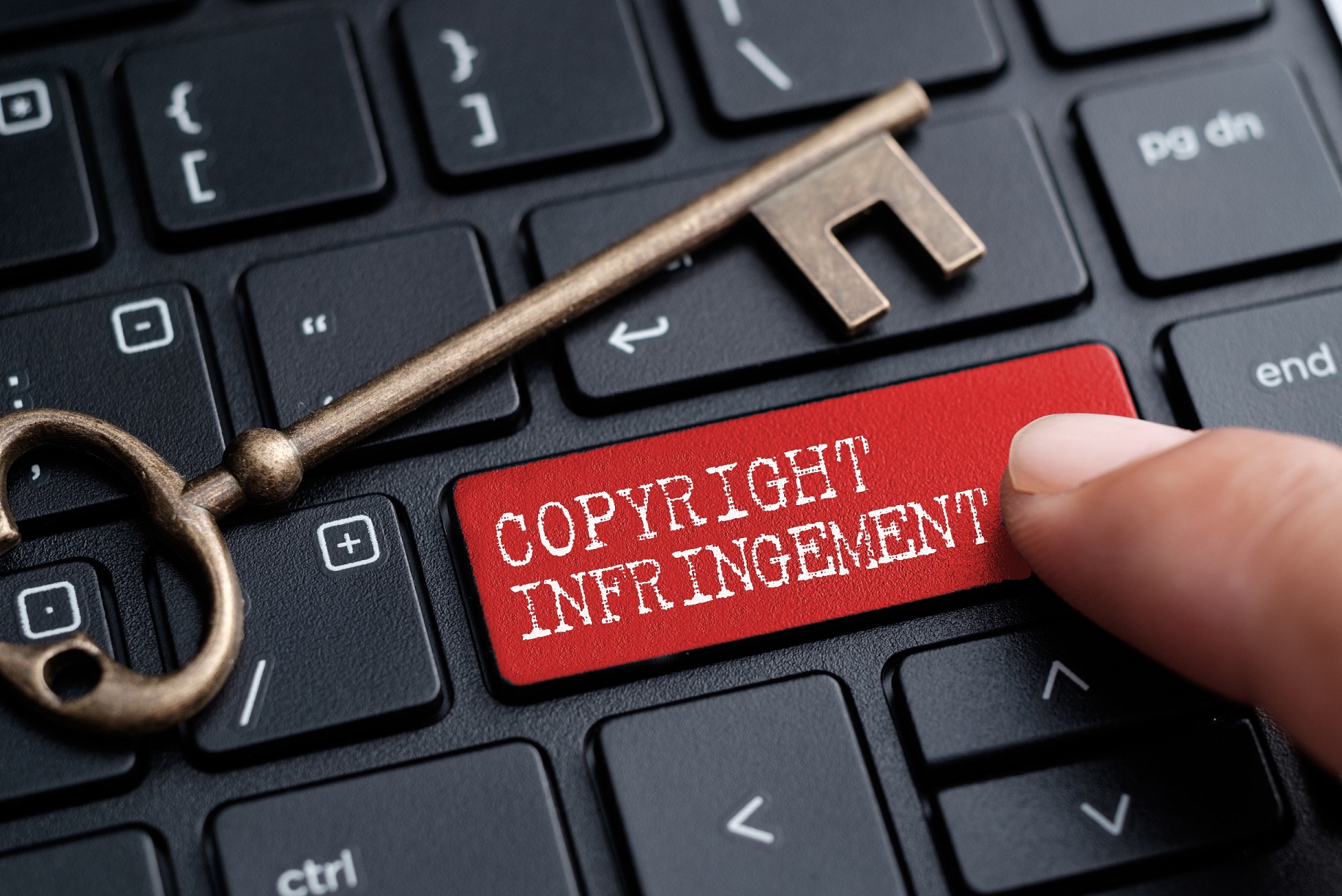NB. This article was originally published in the LexisNexis Australian Intellectual Property Law Bulletin Vol 33 No 5.
Key takeaways
- Through preliminary discovery, rights holders can obtain information about potential infringers from their ISP.
- The rights holder in this case had evidence of potential infringement and information connecting the infringement to an account with Telstra. The purpose of the proceedings was to obtain information about the identity of the account holder - information that was within Telstra's possession.
- Satisfying the elements of the relevant Rules under the Federal Court Rules 2011 (Cth) does not automatically result in access to the desired information. The court retains a discretion on whether to order production of the information. The exercise of the court's discretion will be influenced by a range of factors. In particular, rights holders must be prepared to provide assurances relating to privacy and be careful not to overextend in terms of damages.
- While preliminary discovery may be a relatively straightforward way of identifying potential infringers, it will not be economical for all rights holders.
Over the years, rights holders have tried several different creative ways to identify and prosecute copyright infringers using the internet. One way of doing that is to compel the potential infringer's internet service provider ('ISP') to produce relevant information through preliminary discovery. The recent decision of Siemens Industry Software Inc v Telstra Corp Ltd1 ('Siemens') is an example of how copyright owners, especially those whose rights are valuable on a "per copy" basis, can use preliminary discovery to find the missing puzzle piece from ISPs.
Background
In Siemens, the rights holder was a developer and distributor of high-end computer-aided design software. The software in question was the NX and Solid Edge products, which carry price tags of up to $60,000 each, with bundles being more than $337,000.2 According to the evidence, Siemens has a technological method of identifying potential infringers who have "cracked" the relevant programs; in other words, accessing more of the program than what their licence entitled.3 In some cases, the information passed along to Siemens was sufficient to identify the potential infringer. In other cases, including where an IP address could only be traced back to an ISP, Siemens knew an individual had "cracked" the program but could only identify their ISP.
The application
Siemens sought orders for preliminary discovery pursuant to r 7.22 of the Federal Court Rules. Telstra elected not to participate in the proceedings. As set out by Burley J, to obtain an order for preliminary discovery Siemens was required to show that:4
- it may (and believes it may) have a right to obtain relief against a prospective infringer
- it cannot identify the prospective infringer
- Telstra knows or is likely to know the identity of the person and
- It has made reasonable enquiries to identify the person but has not been able to do so
In addition, the court retains a discretion as to whether or not to make an order even if these elements are satisfied.5
Decision
Burley J was satisfied that the requirements in r 7.22 were met. His Honour found that:
- the evidence disclosed to a sufficient level that Siemens may have an action for copyright infringement against unknown persons6 and
- it was reasonable to believe that Telstra had information within its possession that could identify the potential infringers, based on the IP address obtained by Siemens7
Siemens gave an undertaking that it would not pursue an individual who had not made commercial use of the relevant program. On that basis, his Honour ordered that Telstra give discovery of documents relating to account holders for the identified IP addresses.
Exercise of discretion
An important issue in Siemens was the exercise of the court’s discretion, which stood in stark contrast to the cases that preceded it.
In 2015, the owners of the copyright in the Dallas Buyers Club film sought preliminary discovery from a number of ISPs, on the basis that the ISPs could identify potential infringers who had reproduced the film through a BitTorrent program.8 They were successful in establishing the elements set out in r 7.22.9 However, Perram J refused to lift a stay on the order granting discovery.10
Of particular concern to Perram J in the case was the letter that the rights holders proposed to send to potential infringers. In particular, the proposed letter sought to claim from the potential infringer:
- damages based on an applicable licence fee for distribution of the film (as the BitTorrent system involved “sharing” between users) and
- additional damages pursuant to s 115(4) of the Copyright Act 1968 (Cth), based on the number of infringements of different films on the same platform
Perram J held that there was simply no basis for these claims. In relation to any distribution licence fees, his Honour noted that a BitTorrent user is highly unlikely to negotiate a distribution agreement and therefore the licence fee test was not applicable.11 In relation to the additional damages claim, his Honour found that any infringement of a third party’s copyright will not be relevant.12
Siemens had clearly learned the lessons of the Dallas Buyers Club saga. They too had a letter prepared for approval by the court, however:
- it did not directly assert an entitlement to additional damages
- it noted that the potential infringer may have a defence to a claim for damages under s 115(3) of the Act and
- it only referred to “appropriate financial compensation”
These were important factors in Burley J’s decision to grant preliminary discovery. So too was the undertaking not to pursue non-commercial infringers. Further, to allay privacy concerns, Siemens proposed an order (accepted by his Honour) which limited its use of the discovered information to pursuing its claims for infringement.13 Without these measures, it seems likely that Siemens would be left in a similar position as the rights holders in the Dallas Buyers Club saga.
Practical implications
- While Siemens was successful in its application, preliminary discovery will not be an economical option for many rights holders because:
- the order will be limited to whichever ISPs are parties to the proceedings. That means it will only catch infringers who have an account with that ISP and
- the court has shown that it will not permit letters to potential infringers which overstate an entitlement to damages. When considering television shows, music and films, which are available at relatively low costs, it is entirely possible that any judgment or settlement will amount to less than the cost of obtaining the preliminary discovery order.
- Section 115A of the Act remains an option for rights holders in some cases. An order under that section requires ISPs to block access to online locations which have the primary purpose or effect of infringing copyright. Depending on their circumstances, rights holders who are experiencing infringement on a large scale through the internet ought to weigh up the benefits of both preliminary discovery and a potential site-blocking injunction.
If you have a query relating to any of the information in this piece, or you would like to speak with Holman Webb's Intellectual Property Protection Group with respect to a matter of your own, please don't hesitate to get in touch today.
Footnotes
- Siemens Industry Software Inc v Telstra Corp Ltd [2020] FCA 901; BC202005818.
- Above, at [9].
- Above n 1, at [11].
- Above n 1, at [5] and [27].
- Above n 1, at [30].
- Above n 1, at [24].
- Above n 1, at [28].
- Dallas Buyers Club LLC v iiNet Ltd (2015) 245 FCR 129; 327 ALR 670; [2015] FCA 317; BC201502294.
- Dallas Buyers Club LLC v iiNet Ltd (No 3) (2015) 327 ALR 695; [2015] FCA 422; BC201503448.
- Dallas Buyers Club LLC v iiNet Ltd (No 4) (2015) 327 ALR 702; 114 IPR 297; [2015] FCA 838; BC201507662.
- Above, at [23].
- Above n 10, at [25].
- Above n 1, at [31].


